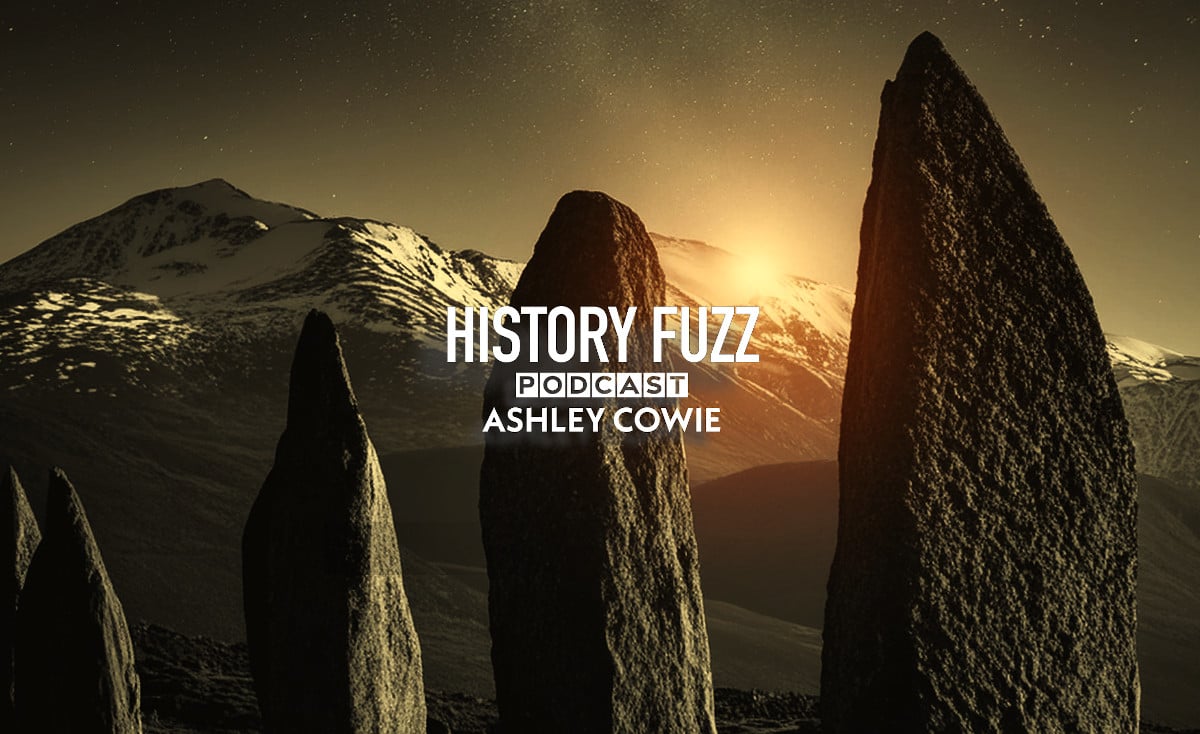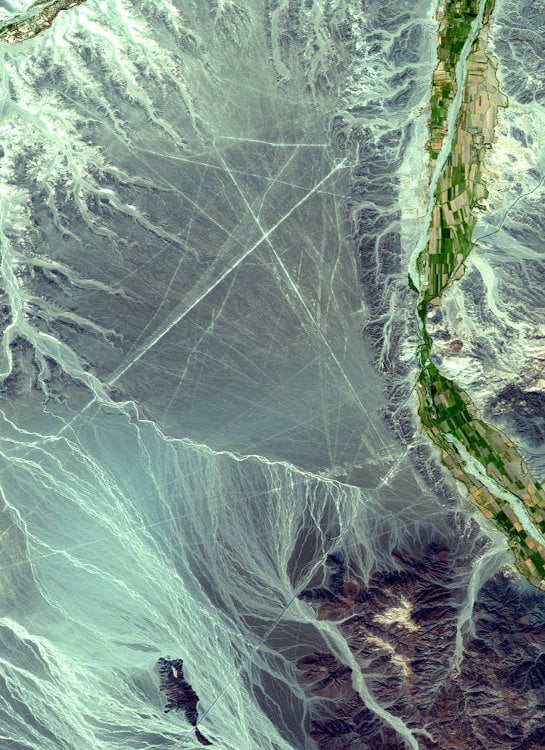
Podcast: History Fuzz: Episode 03: Professor Charles Stanish. Peru Pt 1. Chincha and Nazca Valley geoglyphs
In this episode of our podcast, we delve into the rich tapestry of ancient Andean societies with Charles Stanish, a prominent scholar whose career has spanned influential roles in archaeology and anthropology. Formerly the Professor of Anthropology and Director of the Cotsen Institute of Archaeology at UCLA, Stanish has also served as the Executive Director of the Institute for the Advanced Study of Culture and the Environment at the University of South Florida. His extensive research into prehistoric societies in Peru, Bolivia, and Chile has significantly advanced our understanding of trade, war, and labor organization in these ancient cultures. In this enlightening discussion, Stanish shifts his focus to the astronomical alignments and geoglyphs of Peru’s Chincha and Nazca Valleys, offering new insights into their cultural and ceremonial significance.[1]

Figure 01. The Nasca geoglyphs are massive, intricate designs and linear geoglyphs etched into the Peruvian desert. (Paul Williams / CC BY-SA 2.0)
The episode begins with Stanish's exploration of the Chincha and Nazca Valleys, areas renowned for their complex geoglyphs - large-scale designs etched into the desert floor - and their intriguing astronomical alignments. These valleys, characterized by their arid landscapes and extensive geoglyphs, serve as a canvas upon which the ancient Andean peoples inscribed their cosmological and ritualistic beliefs. Stanish elaborates on how these geoglyphs, often interpreted as expressions of spiritual or astronomical significance, were integrated into the broader landscape in ways that reflect the social and political dynamics of the time.
Central to our discussion is the concept of how emerging ruling classes orchestrated elaborate open-air theatrical productions within assemblies of mounds, platforms, and geoglyphs. Stanish describes these gatherings as more than mere spectacles; they were complex rituals designed to reinforce political power and legitimacy. By staging these grand displays, dominant classes engaged in competitive feasting and ritual performances that served both to solidify their authority and to create a shared sense of identity among their followers. These events were not only social gatherings but also strategic tools in the rulers’ efforts to maintain control and foster loyalty within their communities.[2]

Figure 02. Satellite image of an area with lines; north is oriented to the right (coordinates: 14.7°S, 75.0°W). (Public Domain)
Stanish’s insights into the archaeoastronomy of the region are particularly compelling. He explains how the alignments of structures and geoglyphs corresponded with astronomical events, such as solstices and equinoxes, revealing a sophisticated understanding of celestial phenomena. This empirical approach challenges previous interpretations of Andean astronomical practices, offering a more nuanced view of how these ancient societies integrated their observations of the cosmos into their cultural and ritualistic practices.
The episode also delves into the controversial ceque system of Cuzco, a network of alignments and shrines, or huacas, that was central to Inca cosmology. Stanish discusses how his empirical research contrasts with earlier structuralist theories, which often emphasized abstract, symbolic interpretations of these alignments. By examining the physical evidence and the spatial relationships between huacas, Stanish provides a more grounded understanding of how these alignments functioned within the Inca religious and political framework. His work suggests that the ceque system was not merely a symbolic representation of cosmic order but an active component of Inca statecraft and religious practice.





